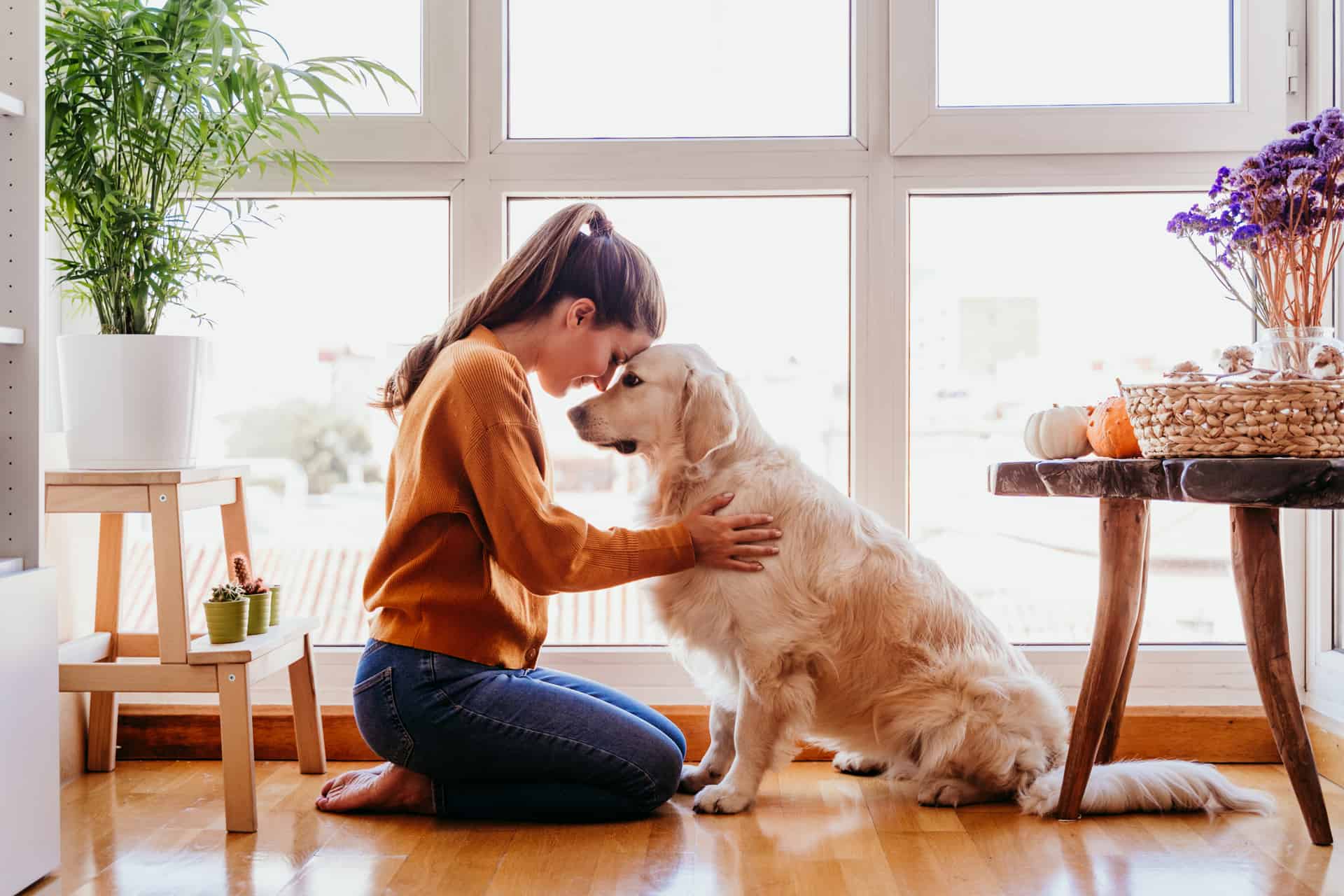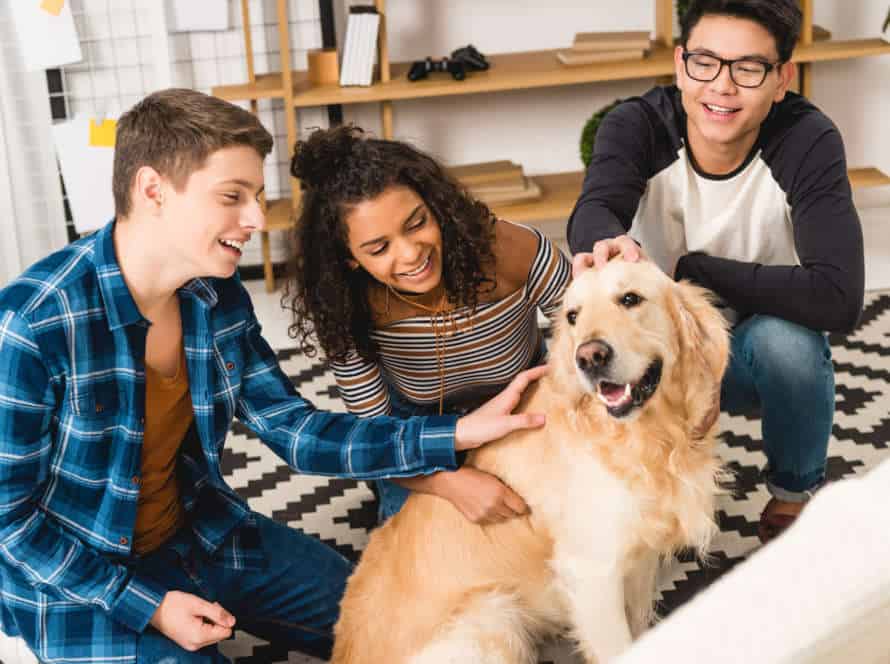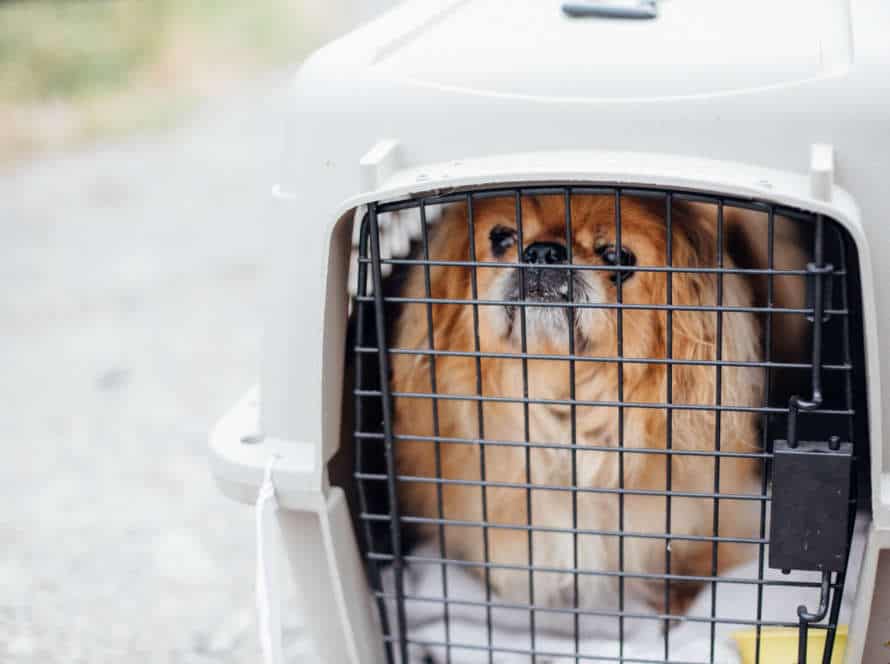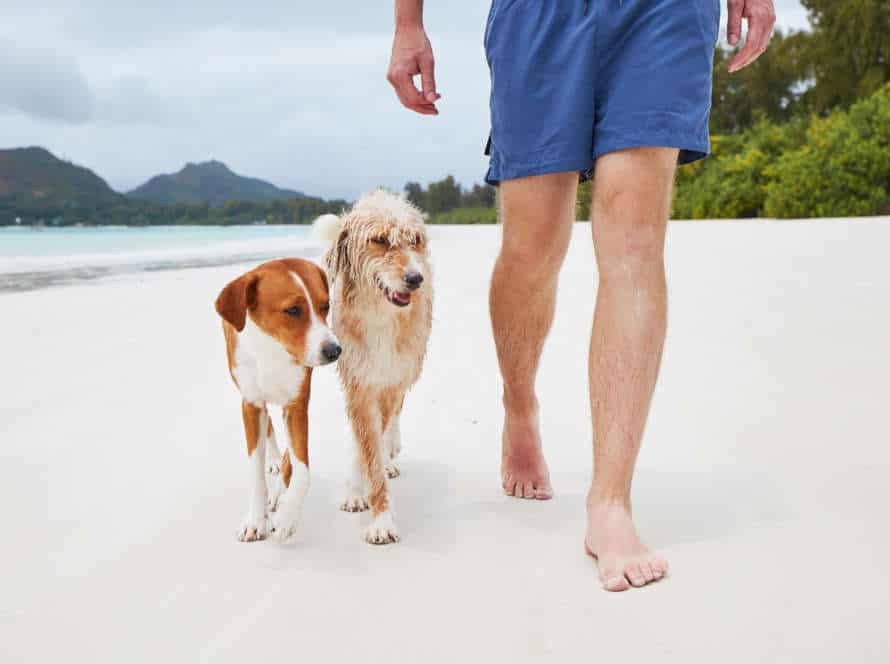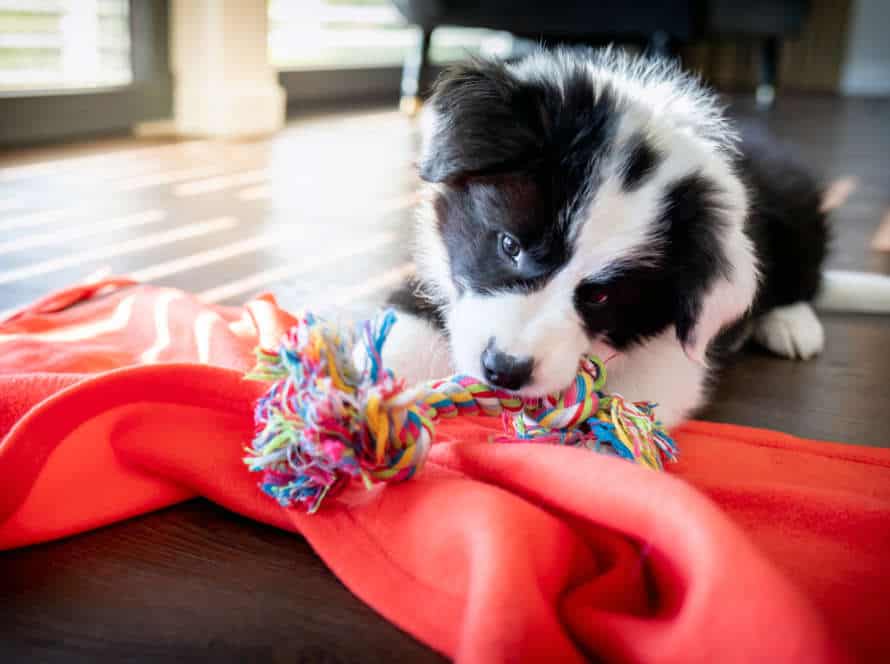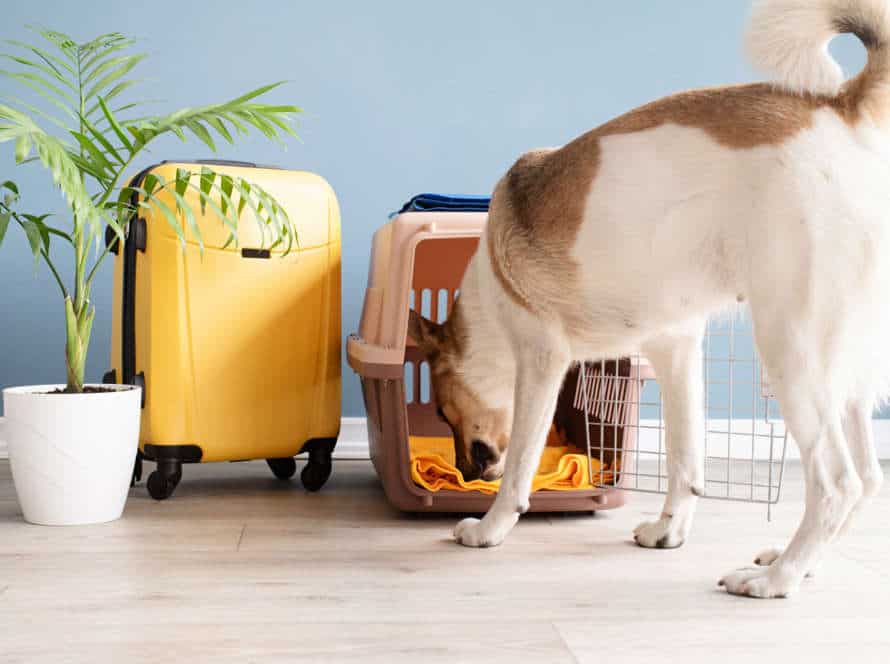How to Choose the Right Indoor Potty Solution for Your Dog
Picking an indoor potty for your pup? It’s important to look at their size, breed, age and lifestyle.
Here are some options to ponder:
- Pee Pads: Disposable, absorbent pads great for small pups or puppies. Need daily attention.
- Indoor Turf Potty: Like outdoor grass, perfect for bigger dogs who prefer going outside. Regular cleaning required.
- Dog Litter Box: Specialized litter for small-medium sized dogs. Cleaning daily is key.
- Potty Patch: Portable indoor turf in various sizes. Great for small apartments or travel. Cleaning and maintenance needed.
Take into account your dog’s personality and habits to make the switch easier. Plus, keep it clean- it’s good for your pup and you!
Understanding Indoor Potty Options
Selecting the perfect indoor potty solution for your pup is crucial. There are many types of indoor potty solutions available. Each one has its pros and cons. Before selecting one, you need to know the options. Plus, think about your pet’s individual needs. Let’s explore the various indoor potty solutions and their features!
Grass Pads
Grass pads are a great pick for indoor potty solutions for pooches. They provide a natural, convenient spot for your pup to go while inside. Consider these before selecting your grass pad:
- Size: Different sizes are available; take your pup’s size into account and how much room they need to move freely.
- Maintenance: Cleaning and regular changes of the grass patch are necessary. Choose something easy to keep clean.
- Real or Synthetic: Real-grass looks nice and smells great, but needs more upkeep; synthetic is simpler to clean and generally less maintenance-heavy.
- Environmentally friendly: Get a pad made of eco-friendly materials if you’re eco-conscious.
Grass pads are ideal for pet parents wanting to give their pup a natural, chemical-free inside potty solution. Pro tip: Show your pup where the grass pad is and reward them for using it.
Reusable (conventional) Pee Pads
Reusable pee pads are an eco-friendly solution for indoor potty training your pup. Not only do they save money in the long-term, but they also cut down on waste compared to disposable pee pads. Here’s why they’re great:
- Environmentally friendly: Reusable pee pads reduce the amount of waste compared to using disposable pads.
- Cost-effective: While they cost more initially, reusable pads are a more economical option in the long run since you can wash and reuse them multiple times.
- Convenient: Reusable pee pads are easy to use – just wash and dry them after each use.
- Comfortable: Most reusable pee pads are made with soft, absorbent materials for your pet’s comfort.
Pro tip: To get the most out of your reusable pee pad, be sure to wash it every day or every other day to keep it fresh and absorbent.
Disposable Pee Pads
Disposable pee pads offer a great way to potty train indoors. They’re absorbent and easy to clean. Plus, they come in various sizes and materials.
When picking out pads, think about size, material, cost, and quantity. Size should be matched to your pup’s breed and size. Material can be paper, polymer, or grass – pick one your pup is comfortable with. Compare prices of different brands for cost-effectiveness. And buy in bulk to save money!
You can use disposable pee pads alone or with other indoor potty options like litter boxes or doggy toilets. Create a complete indoor potty training system for your pup!
Litter Boxes
Litter boxes are a great idea for indoor pottying, especially for small and toy breeds. Pick one that’s easy-to-clean and convenient.
When selecting the right indoor solution, consider:
- Size of pup – Get a box big enough for them to stand, turn and squat.
- Type of litter – Test out different materials, like sand or pellets, to see what your dog prefers.
- Location – Put it in a quiet spot that’s easy to access.
- Cleaning – Keep it fresh and odor-free with regular cleaning.
Choose a litter box that makes your pup’s indoor potty experience stress-free and comfortable.
Factors to Consider When Choosing an Indoor Potty Solution
Finding an indoor potty for your pup can be tough. But with the right info, you can pick the perfect one. Things to consider are: size of the area, materials used and how easy it is to clean. Here we’ll look at these factors and more to help you decide what’s best for your pooch!
Size and Age of Your Dog
When selecting an indoor potty solution for your pup, size and age are two essential points to ponder.
- Size – Larger dogs need a bigger solution than smaller breeds. Also, make sure there is enough space in your house for the potty.
- Age – Puppies need a smaller area since they have to relieve themselves more often. Senior dogs may struggle getting up stairs or using high-walled potties.
Consider your dog’s size and age when selecting an indoor potty solution. It should be comfortable, practical, and suitable for them. Plus, watch your pup’s behavior when they are indoors for extended periods to choose the best solution.
House Size and Living Arrangements
Selecting an indoor toilet for your pup? Size of your home and lifestyle are really important. Let’s look at what to consider.
- House Size: Small house or flat? Go for a tiny potty or pee pad. Got a larger property? Dog litter box or artificial grass is the answer.
- Living Arrangements: Condo or apartment? Check if there is outdoor space close by for regular bathroom trips. Got a yard? Get yourself a dog door or walled-off potty area.
- Remember to take age, size and your own routine into account when making your decision.
Frequency of Use and Maintenance
When picking an indoor potty solution for your furry friend, its use and maintenance needs must be taken into account. This affects the type of solution you select and how you take care of it.
For instance, if your pup is small and has a weak bladder, it may want to use the potty often. In that case, an indoor grass patch or pee pad with easy access and replacement may be suitable. If your pup is larger and can hold it longer, then a potty solution with more capacity, like a litter box or potty pad holder, could work.
Additionally, some potty solutions need more maintenance than others. For example, a litter box needs daily cleaning and filling, while a pee pad holder only needs occasional cleaning and pad changing. Take into account how often you can maintain the potty solution before making a decision.
Cost and Budget
When selecting the perfect indoor potty solution for a pup, cost & budget are key considerations. There are many types available with various benefits, so find one that matches both your lifestyle & wallet!
When deciding the cost, consider:
- Dog size & breed
- Available space indoors
- Durability & material of the solution
- Maintenance & cleaning costs
- Accessories or training aids (e.g. pee pads or litter)
Be sure to balance quality & features with the budget for optimal value for both you and your furry pal!
Pros and Cons of Each Indoor Potty Solution
Selecting the ideal indoor potty solution for your pup can be tough. The market offers numerous options, each with its positives and negatives. To help you make the right choice, let’s examine the pros and cons of each type.
Grass Pads
Grass pads are a popular choice for indoor doggy potties. It looks like the outdoors and dogs can pee on a natural surface. But, there are pros and cons.
Pros:
- Natural surface
- Range of sizes to fit different breeds and spaces
- Low maintenance
- Reusable and eco-friendly
Cons:
- Needs replacing often, which can be expensive
- Can get smelly if not cleaned
- Not good for dogs that chew or dig
- Messy if urine soaks through or not cleaned regularly
When picking an indoor potty, think about your pup’s size, breed, personality, and behavior. This will help you decide if a grass pad is the right option.
Reusable (conventional) Pee Pads
Reusable pee pads are an eco-friendly and cost-saving option compared to disposable ones. But, they have their own benefits and drawbacks.
Pros: Eco-friendly, reusable, durable.
Cons: Need washing and drying after each use, odors may stay, extra cleaning measures may be needed.
When selecting the right potty solution for your dog, think about your budget, lifestyle, and pup’s needs. Reusable pee pads can be a smart choice if you’re ready to take care of them. Pro Tip: Use an enzymatic cleaner to clean reusable pee pads. It’ll break down and get rid of stains and smells.
Disposable Pee Pads
Disposable pee pads – popular potty solution for dogs. Pros and Cons to consider.
Pros:
- Easy to use.
- Convenient – especially for small dogs and puppies who can’t go outside.
- Absorbent – keeps floors and surfaces clean and dry.
Cons:
- Environmental impact – landfills.
- Costly – especially if you have a large dog.
- Training – some dogs may become reliant on the pee pads.
Choose the right indoor potty solution for your dog. Consider pros and cons. Talk to a vet or dog trainer for help.
Litter Boxes
When discussing indoor dog potty solutions, litter boxes come to mind. They’re convenient, clean and can be modified. However, there are both pros and cons to consider before selecting this option.
Pros:
- – Easy to clean and generally less messy than other options
- – Comfortable and familiar place for your pup
- – Various litters available for different needs
- – Suitable for puppies and adults
Cons:
- – Messy if your dog likes to dig or kick the litter
- – Needs to be maintained to avoid odors and bacterial growth
- – Not all dogs like the feel or texture of the litter
- – May not work for larger or senior dogs
Think about your pup’s size, age and medical/behavioral issues when deciding on an indoor potty option. Make sure you and your pooch are comfortable with the solution, and that it fits your lifestyle.
Pro tip: To reduce mess and smells, use a quality litter made for dogs and change it regularly.
Tips for Training Your Dog to Use an Indoor Potty
Training a dog to use an indoor bathroom? It’s daunting! You need patience, consistency, and rewards. To make sure your pup learns quick, pick the right potty solution for them. Here we give tips for choosing the perfect one.
Consistent Schedules and Rewards
Consistency is essential for teaching your pup to use an indoor potty. Rewards are a must to reinforce great behaviour. Here’s some advice:
- Set a consistent schedule. Dogs need routine, so make sure to give them regular meals and potty breaks.
- Use positive reinforcement. Pups love praise and rewards, so give treats or words of encouragement when they use the indoor potty properly.
- Pick the right indoor potty. Synthetic grass, pee pads, litter boxes – there’s plenty of options. Choose one that is right for your dog’s breed, size and bathroom habits.
- Be patient. Potty training takes time. Remain dedicated to the process and be patient with your pup.
With consistency and rewards, your pup can master the indoor potty.
Proper Placement of the Indoor Potty
Placing the indoor potty correctly is key when training your pup. Here are some tips for picking the right one and setting it up the right way:
- Pick the right size. Think about your dog’s size. A smaller pup needs a smaller potty, and a larger one needs a larger one.
- Find the best spot. Place the indoor potty in a place where your doggo spends most of their time, like the living room or kitchen. Keep it away from food and water bowls.
- Protect the flooring. Put a protective mat or tray beneath the indoor potty to avoid messes or damage.
- Train your pup. Take them to the potty often, reward them when they use it, and be patient.
These tips will help your pup be comfy when they use the indoor potty, and keep your place clean and odor-free.
Gradual Transition and Monitoring
Training your pup to use an indoor potty? Here’s what to do!
- Place the potty in a spot easy for them to find.
- Let them explore and give them treats.
- Gradually reduce its size with baby gates or removable fencing.
- Monitor their progress and behaviour – look for any signs of stress.
- Alter the routine if needed to make sure they’re comfortable.
- Pick the right potty for your pup. Think about size, breed and behaviour when choosing.
Cleaning and Disinfecting the Indoor Potty
Maintaining your pup’s indoor potty clean is a must for a healthy home. Here’s how to clean and disinfect it:
- Remove any solid waste and discard it hygienically.
- Drain and wash the tray with hot, soapy water if it has one.
- Use a disinfectant solution, like a 1:10 bleach and water mix, or a pet-safe one.
- Apply the solution to all surfaces of the potty, including inside, outside, and the tray.
- Let it sit for 10 minutes for it to kill any bacteria or viruses.
- Rinse the potty with clean water and let it dry before use.
Cleaning and disinfecting your pup’s indoor potty frequently will keep it safe and hygienic.
How to Maintain and Replace Indoor Potty Solutions
Maintaining and replacing your pet’s indoor potty system is crucial. To keep your pet comfy and healthy, you can pick from an indoor grass potty, fake turf, or a pee pad tray. To maintain it, you must keep it clean. When it’s time, replacing it is a must! This article will explain how to maintain and replace indoor potty solutions for your furry friend.
Cleaning and Disinfecting
It’s essential to regularly maintain and replace your indoor potty solution for dogs. Here’s a guide:
- Use a scoop or plastic bag to clear the area of any solid waste, then throw it in the trash.
- Spray the potty solution with dog-friendly disinfectant, and let it sit according to the product label.
- Wipe the surface with a cloth or towel, removing any extra waste or dirt.
- Dismantle and wash the removable grate with soap, then dry it before reassembling.
- Refill with fresh litter or absorbent pads.
- Replace the potty solution regularly to avoid bacteria and odor. Pick one suitable for your dog’s size, age, and preference.
Replacing Grass Pads
Indoor potty solutions are great for dog owners wanting an alternative to outdoor breaks. Replacing grass pads is key to keeping them hygienic and odor-free. Here are some tips for maintaining and replacing them:
- Use a high-quality, thick and durable grass pad. Natural or organic materials are best for your pet’s safety.
- Clean the grass pad daily to prevent odors and bacteria growth. Use a disinfectant spray or a water and vinegar mix to sanitize the area.
- Replace the grass pad every two to three weeks, or sooner if it looks worn out. A worn-out pad can cause bacteria and bad smells in your home.
- Think about different solutions such as synthetic grass, litter boxes and pee pads, depending on your dog’s size and habits.
- Pro Tip: Put a pee pad underneath a grass pad to absorb any excess urine and make cleaning easier.
Refilling Litter Boxes
Clean litter boxes are essential for your pet’s health and comfort. Here’s how to refill ’em easily and effectively.
- Firstly, take out the dirty litter and throw it away.
- Secondly, clean and disinfect the box with pet-safe disinfectant.
- Thirdly, pour two inches of fresh litter.
- Fourthly, smooth out the litter for an even spread.
- Lastly, put the box back in its spot.
For indoor potty solutions, it depends on your pup’s size and breed, plus training needs. Plus your life, your pup’s preferences, and living space.
Proper Disposal of Pee Pads.
Properly disposing of pee pads is essential for keeping your pup’s indoor potty solution fresh. To do this, here’s what to do:
- Fold the pad in half.
- Put it in a plastic bag.
- Secure the bag.
- Throw it away outside.
When deciding an indoor potty option for your pup, take their size and breed, living conditions and flooring into account. Popular choices are pee pads, artificial grass and litter boxes. Remember to maintain and change it regularly to keep your pup healthy and happy. Pro tip: Choose an easy-to-clean and dispose of option!
Frequently Asked Questions
Q: Will my dog be able to use a litter box?
A: Some dogs can be trained to use a litter box, but not all. It depends on the individual dog’s preferences and habits.
Q: Should I choose a potty pad or a litter box?
A: Potty pads are convenient for smaller dogs or dogs with limited mobility. Litter boxes are better for larger dogs or dogs who prefer to dig while going to the bathroom.
Q: Can I train my dog to use a grass patch?
A: Yes, many dogs can be trained to use a grass patch. However, it can be more difficult to maintain than other indoor potty solutions.
Q: How often do I need to clean my indoor potty solution?
A: It’s important to clean your indoor potty solution every day to prevent bacteria buildup and unpleasant odors.
Q: How do I choose the right size potty area for my dog?
A: You should choose an indoor potty solution that is at least twice the size of your dog’s body length to allow for comfortable movement.
Q: Can I use an indoor potty solution for house training my dog?
A: Yes, indoor potty solutions can be helpful for house training your dog, especially when the weather is bad or you don’t have access to outdoor space.

